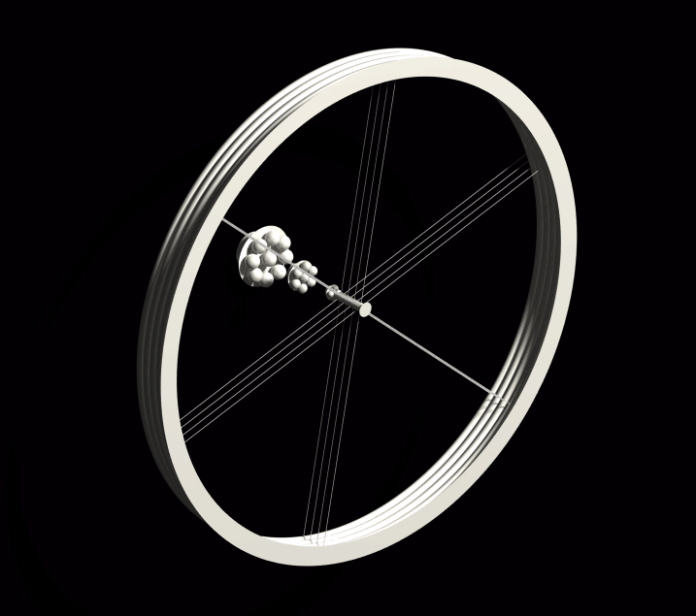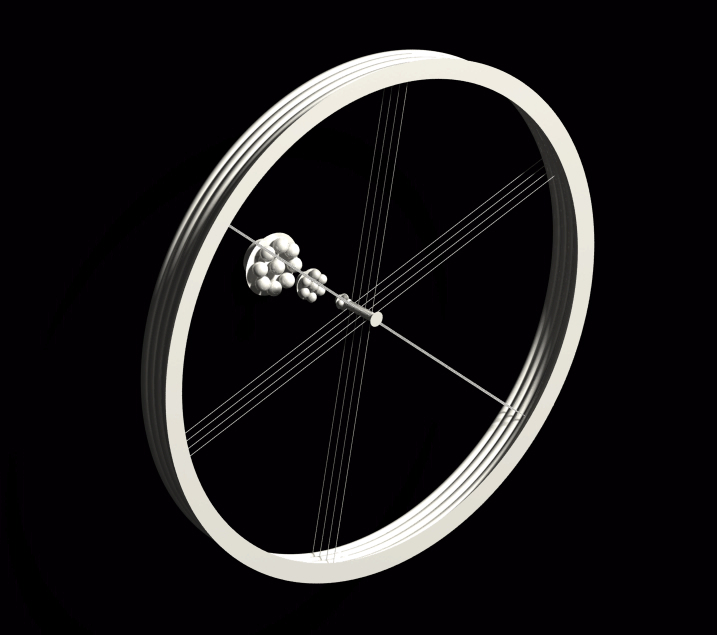
Space is hard,” as the adage goes, but to craft a ship to guide humankind through centuries and light-years is a problem that tests the limits of engineering, biology, and imagination all at once. Project Hyperion’s recent design contest has not only re-ignited debate about the possibility of interstellar travel, but has unveiled a new generation of ideas that synthesize cutting-edge propulsion, closed-loop habitats, and redundancy-rich life-support systems. The resulting designs, chosen from hundreds of international entries, illuminate the technical and social hurdles that must be overcome to send a self-sustaining human society to another star.
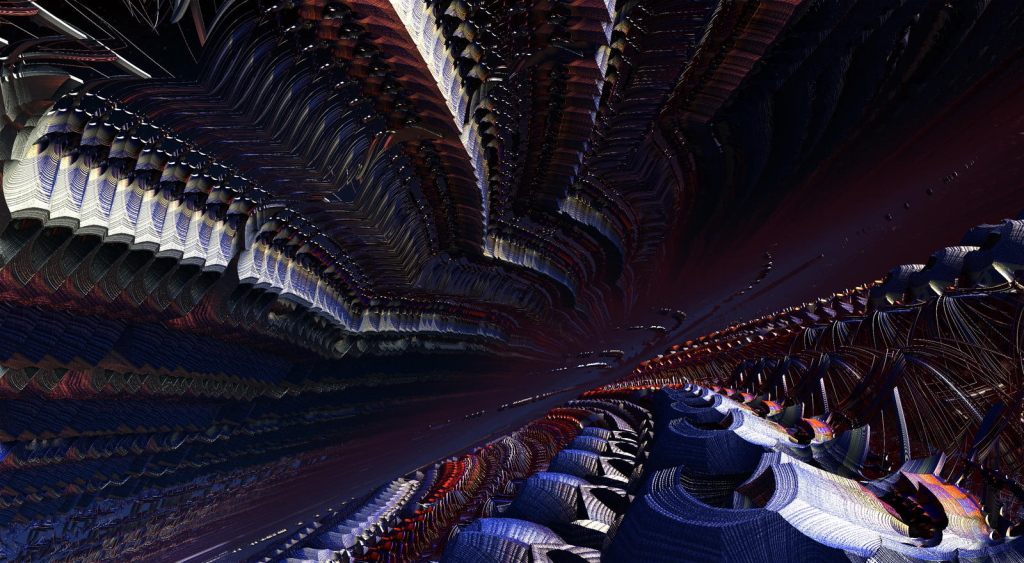
1. The Evolution of Generation Ship Concepts
The idea of a generation ship an immense, self-sustaining vessel designed to carry humans on a journey lasting centuries has deep roots in both scientific literature and science fiction. Robert H. Goddard, in his 1918 essay “The Ultimate Migration,” saw an atomically powered or hydrogen oxygen-solar-powered ship with its crew in suspended animation. Konstantin Tsiolkovsky’s 1928 “Noah’s Ark” envisioned a self-contained, awake crew surviving a thousand-year journey. J.D. Bernal’s 1929 “Bernal Sphere” pondered the destiny of human evolution off the planet. Subsequently, Stanislaw Ulam and Project Orion investigated nuclear pulse propulsion, with Dr. Robert Enzmann’s 1964 suggestion calling for a 600-meter fusion starship.
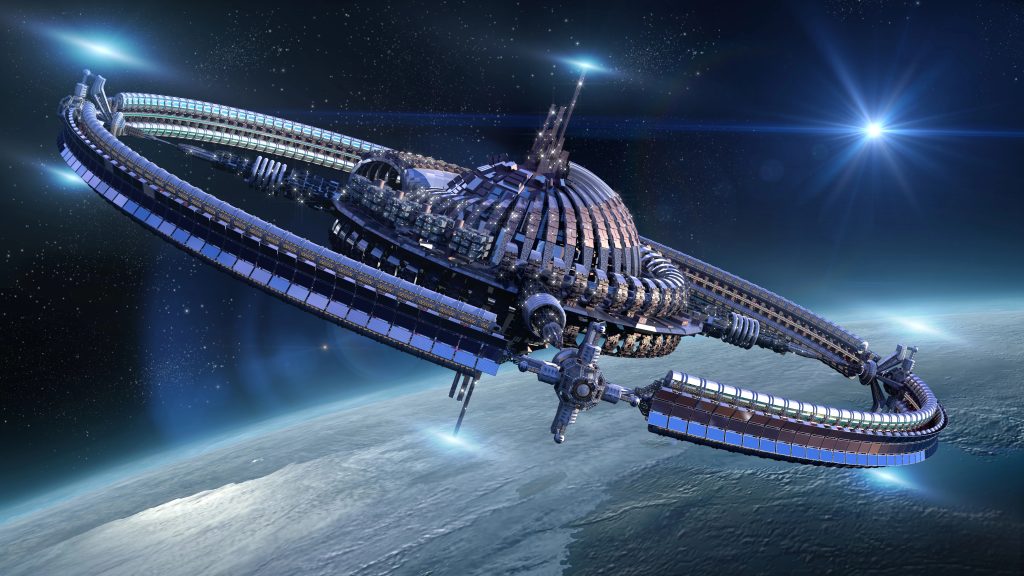
These initial concepts paved the way for subsequent studies, including Project Daedalus and Project Icarus, which investigated the application of fusion and antimatter propulsion to both unmanned and manned missions. Dr. Frederic Marin’s HERITAGE simulations in the late 2010s provided a quantitative layer, simulating crew size, genetic diversity, and the minimum agricultural area needed for long-term sustainability.These early studies highlight the underlying conflict between speed, scale, and self-sufficiency in interstellar mission planning.
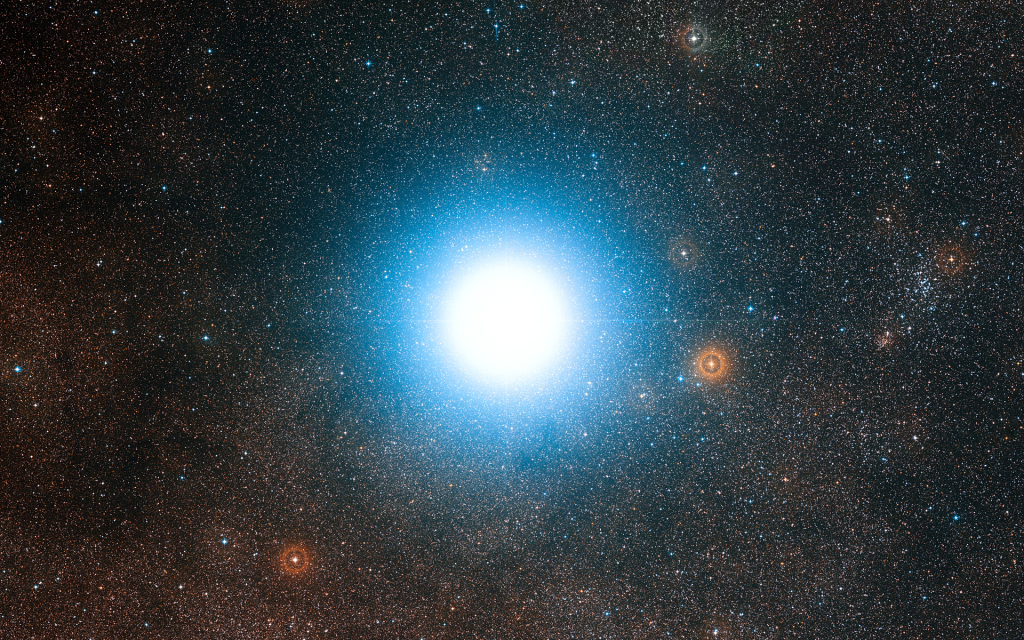
2. Propulsion: The Relativistic Frontier
Traveling to even the nearest star, Alpha Centauri, within a human lifetime is an extraordinary challenge. Existing or near-term propulsion technology would take between 1,000 and 81,000 years for this journey. Directed-energy propulsion, as represented by Breakthrough Starshot, presents a tantalizing vision of what can be: “To do this, we estimate the number of lasers needed to be about 100 million,” stated Dr. Robert Ward, outlining the 100-gigawatt ground laser array required to propel a gram-scale lightsail to 20% the speed of light. Breakthrough Starshot and its brethren, however, are thus far restricted to robotic probes. For manned ships, the competition leaders investigated innovative fusion drives, including the Direct Fusion Drive (DFD) with helium-3 and deuterium, nuclear pulse, and pulsed plasma ion propulsion. The victorious Chrysalis design projects an acceleration phase of one year to 0.1c, then 400 years of cruise and one year of deceleration a bold but technically feasible scenario.Fusion propulsion continues to be the most realistic path for big, manned ships.

3. Habitat Architecture: Centuries of Engineering
It is an achievement in engineering and social science to design a ship capable of accommodating 1,000 ± 500 individuals for centuries. The Chrysalis ship, 58 kilometers long and 2.4 billion metric tons, uses a modular cylindrical design with coaxial rotating shells to generate artificial gravity and reduce micrometeoroid threat. Each shell serves a particular purpose: agriculture, communal living areas, residences, and infrastructure. The counter-rotation of shells is designed to minimize mechanical disturbances. The Cosmo Dome at the bow of the ship provides not just recreation but psychological bonding with the universe. Other winners, like WFP Extreme, provide counterrotating rings to provide gravity simulation and reduce Coriolis effects, neighborhoods that provide privacy and community. Systema Stellare Proximum’s environment, located inside a hollowed asteroid, is jellyfish-inspired to enable modular expansion and rearrangement. Architectural innovation is essential for both survival and well-being.

4. Bioregenerative Life Support: Closed-Loop Sustainability
Long-term missions require closed ecological loops recycling air, water, and nutrients. Bioregenerative Life Support Systems (BLSS) combine plants, algae, microbes, and even fish to create a network of producers, consumers, and recyclers. “The cultivation of higher plants provides an added value in terms of food production in the case of crops, because currently, the only way to produce food in space is via biotransformation, that is not feasible with physicochemical processes,” notes a review of BLSS technology.Ground-based demonstrators such as BIOS-3, Biosphere 2, and the MELiSSA pilot plant have tested these principles, but full integration for a multi-century mission remains unproven. Major challenges involve crop selection for nutritional content and resistance, effective water and nutrient delivery, and psychological advantages of horticultural therapy. The Systema Stellare Proximum system adds aquaponics to BLSS for protein production and waste recycling in closed loops, emphasizing the necessity for hardy, flexible ecosystems.

5. Radiation Shielding: The Invisible Enemy
Deep space exposes crews to galactic cosmic rays, solar particle events (SPEs), and secondary radiation threats that require sophisticated shielding. “There is a promising idea to utilize superconducting magnets to efficiently replicate the advantage of Earth’s magnetic field and bend incoming space radiation before it even enters the spacecraft,” says Kristine Ferrone. High-temperature superconductors like YBCO, BSCCO, and MgB2 make the creation of strong magnetic fields possible with lower cooling demands, and active shielding becomes more viable. The Systema Stellare Proximum design uses an asteroid shell of emptied interior space as a giant passive shield and is further supported by self-repair materials and robotic systems. These methods are supplemented by strategic utilization of mass-efficient materials and adaptive designs to eliminate primary and secondary radiation.

6. Social Engineering: Culture, Cohesion, and Knowledge
Mission success cannot be assured by technical solutions alone. “Having a situation where a population, say thousands or 1500 individuals, isolate themselves for centuries would be peculiar to the human experience,” says anthropologist Cameron Smith. The competition necessitated solutions to privacy, mental health, conflict management, social stratification, and knowledge preservation. WFP Extreme was notable for its cultural and societal aspects, such as spiritual areas and individualized apparel. Knowledge transfer mechanisms archives, education systems, and cultural rituals are necessary to avoid technological and cultural degeneration. As one of the jurors observed, “Systema Stellare Proximum stands out by its immersive storytelling, weaving together technical, social, and cultural strands with ease.”

7. Earth and Beyond Lessons
The demanding planning required of interstellar missions resonates with the necessities of sustainable living on Earth. Biosphere 2 and like endeavors have taught the worth and the vulnerability of closed ecosystems. “Thinking outside of Earth can give us useful insights into how we could make life here on ‘spaceship Earth’ better,” said architect Yazgi Demirbas Pech. The social systems and technologies engineered for generation ships could someday help find solutions to climate change, resource shortages, and societal resilience on home planet Earth.
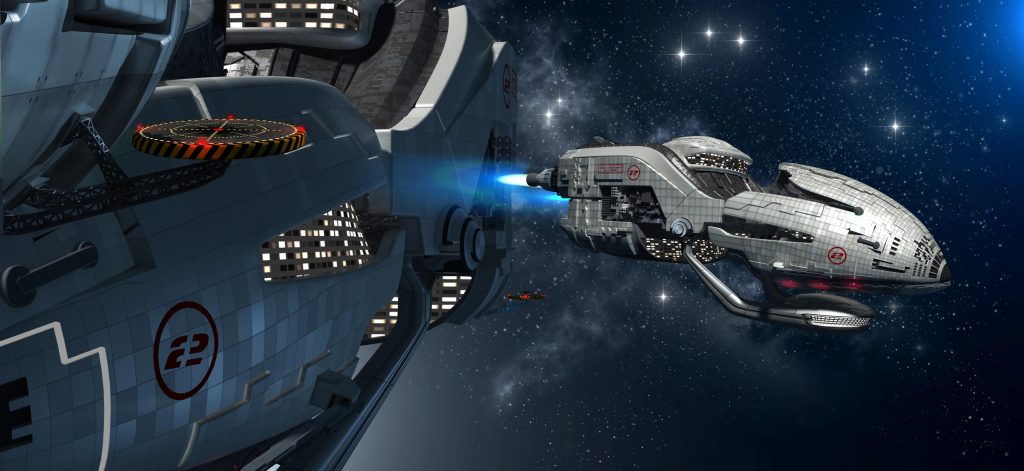
Project Hyperion’s competition has focused the technical, biological, and social boundaries of interstellar travel. As Andreas Hein explained, “Most studies have concentrated on the technology, for example propulsion and life support, and usually separated the ship’s technology and onboard society as distinct issues. This is understandable because it is hard to analyze these interdependencies. Our aim is to begin to explore and conceive these interdependencies.”
